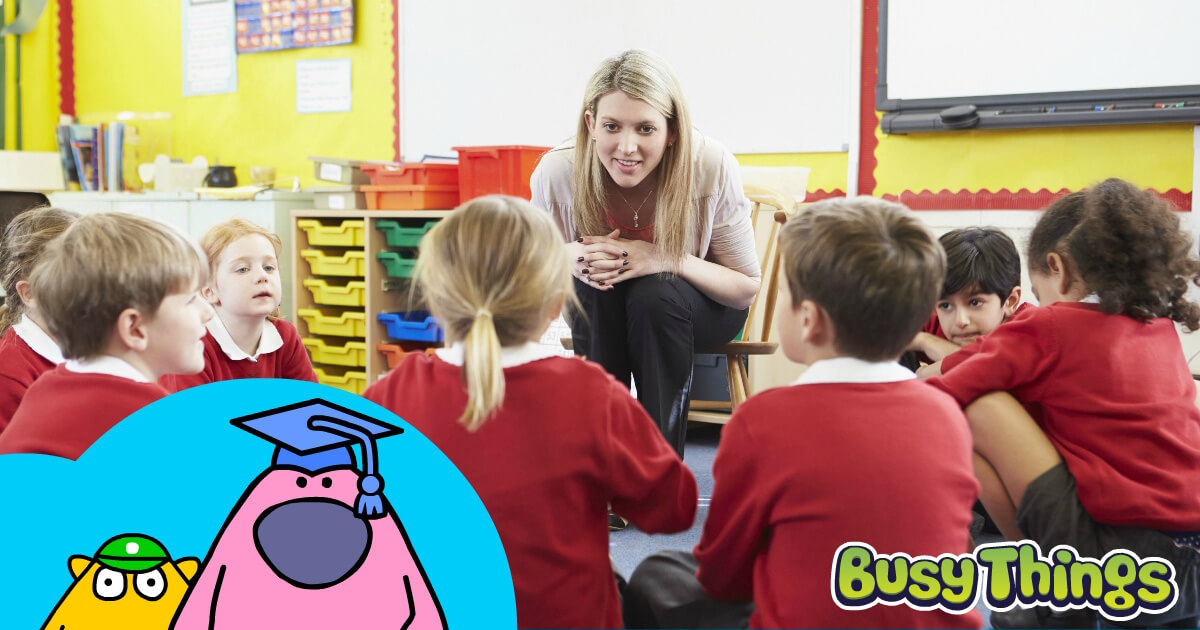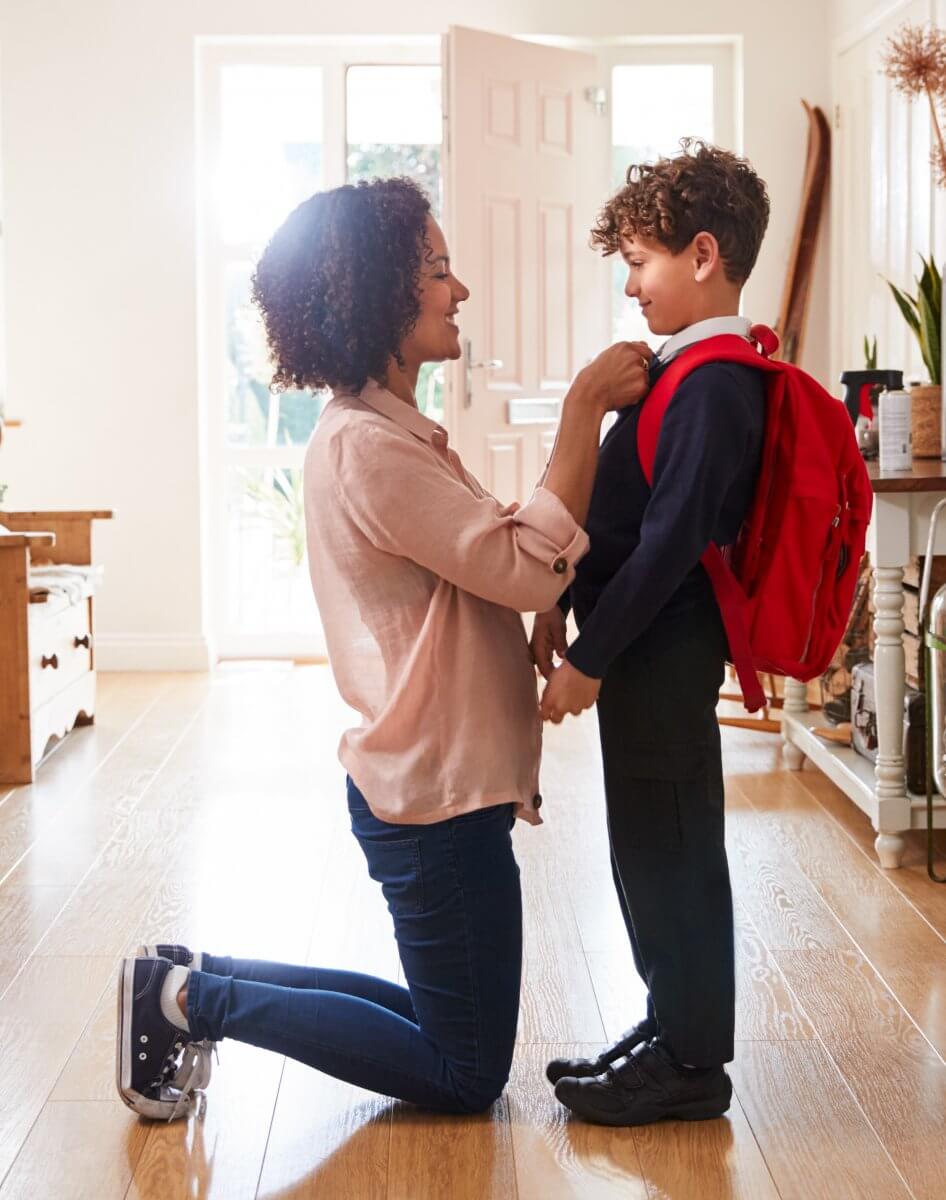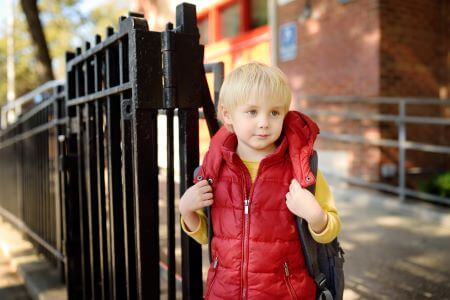Supporting Pre-Schoolers’ Transition to Primary School: Summer Term Preparations

Making the transition from nursery to primary school is a big step for children (and their parents), and schools can do a lot to ensure their new arrivals’ first experiences are positive. We all know that the ideal scenario is for the new intake to walk in on their first day excited, confident, and ready to learn. However, this is only possible if the groundwork has been done, and the children know exactly where they’re going, who’ll be there, what they’ll do when they’re there, and how long they’ll be staying.
Why is the transition so important?
The most important benefit that comes from a successful transition is knowledge and familiarity, and this applies to the pupils and their families, as well as the teacher. The process is all about information sharing and getting to know each other, and helps all parties feel more comfortable about what they should expect.
- From a practitioner’s point of view, you’ll be looking to get to know each child, their interests and needs, as this will help you prepare the classroom for the first day and ensure you have a range of activities that suits the children’s preferences and needs. You’ll have a keen interest in seeing their social skills, their level of independence, their language and physical ability.
- As a family, the children and their parents will be wanting to know what you’re like as a teacher, what the school’s like, the routines of the day, what they’ll be doing when they’re there and who else will be joining at the same time.

Secondary to this, the transition time is a perfect opportunity to create excitement about going to school itself, that the parents can build on over the summer. This could focus on the people, potentially having playdates with soon-to-be school mates, and the resources that will be available for them to play with once they join.
So, what are the critical components of the transition?
Nursery visits
information from the children’s key workers and see the children themselves operating in an environment that they are familiar with. From looking at their learning logs, you’ll understand their strengths and weaknesses, and also get an idea of the friendship groups that are already established. It’s also a great time to introduce the school to them, introducing yourself and perhaps showing them some pictures.
Whilst we appreciate it’s not always possible to visit every child at nursery, they do have valuable, objective information to provide, so we’d always recommend a call at the very least.
Play sessions on-site
School sessions are vitally important for a smooth transition, and if possible, it’s best if class lists are drawn up prior to the sessions, so parents can bond and support their youngsters in doing the same.
These sessions are great opportunities for the children to find out more about the practicalities of school, the routines and classroom layout, and once again meet the teachers and children that will be joining at the same time.

Most sessions include:
- free-flow activities for the children to explore. This could be craft-based activities, toys or online, creative-play games, such as those on Busy Things
- circle-time, where the children are encouraged to take it in turns to tell the rest of the group something about them, i.e., their favourite song
- story time
What should you look out for?
When structuring your school’s transition plan, the children and their needs should obviously come first and foremost, so how you move forward really depends on what your feeder nurseries and/or new parents have flagged up to you.
Do you feel the children’s confidence levels are back to pre-Covid standard or are shorter, accompanied sessions still required?
How are the children’s social skills? If taking turns is something you think they need help with, you could devise some practice tasks for them to complete over the summer to help them improve prior to school starting.
Summary
We hope this article has given you food for thought so that you can be confident that your approach takes your new children’s strengths and weaknesses into consideration. We hope your nursery visits and school play sessions go well, and that you can look forward to happy, confident learners arriving at your doors in late August/September!
And remember, if your school subscribes to Busy Things and has Home Access, you can give login details to your new parents, so that the children can play on it over the summer. It will give the children a head start and be another thing they’re familiar with!
If you subscribe but don’t have Home Access, we’d love you to recommend Busy Things for Families if parents were to ask!
Don’t have Busy Things but would like to know more about what we can offer your pupils at EYFS stage? Feel free to take a 28-day free trial and explore. Just click here.
This blog has been revised and updated for June 2023.